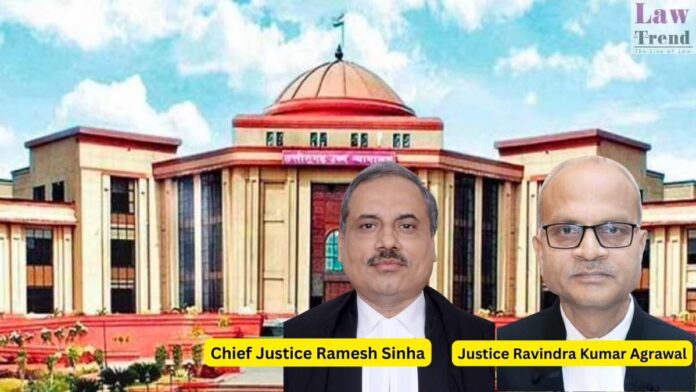In a significant ruling, the Chhattisgarh High Court has emphasized that not every abduction of a minor female automatically constitutes an offence under Section 366 of the Indian Penal Code (IPC). The court underscored the necessity of examining the accused’s intention behind the abduction to determine the applicability of Section 366 IPC. The judgment was
To Read More Please Subscribe to VIP Membership for Unlimited Access to All the Articles, Download Available Copies of Judgments/Order, Acess to Central/State Bare Acts, Advertisement Free Content, Access to More than 4000 Legal Drafts( Readymade Editable Formats of Suits, Petitions, Writs, Legal Notices, Divorce Petitions, 138 Notices, Bail Applications etc.) in Hindi and English.




